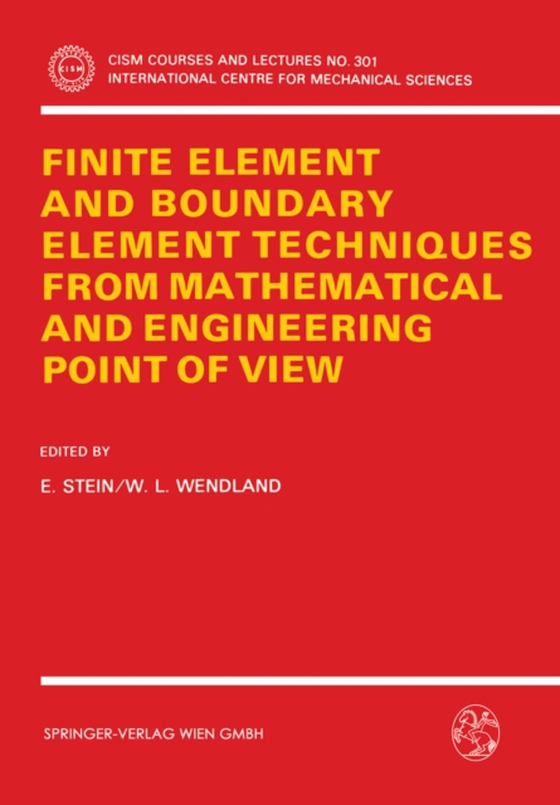
Finite Element and Boundary Element Techniques from Mathematical and Engineering Point of View e-bog
436,85 DKK
(inkl. moms 546,06 DKK)
Traditional FEM and the more recent BEM underlie many engineering computational methods and corresponding software. Both methods have their merits and also their limitations. The combination of both methods will provide an improved numerical tool in the future. The aim of this book is to present significant basic formulations of FEM and BEM and to show their common practical and mathematical fo...
E-bog
436,85 DKK
Forlag
Springer
Udgivet
4 maj 2014
Genrer
Cybernetics and systems theory
Sprog
English
Format
pdf
Beskyttelse
LCP
ISBN
9783709128268
Traditional FEM and the more recent BEM underlie many engineering computational methods and corresponding software. Both methods have their merits and also their limitations. The combination of both methods will provide an improved numerical tool in the future. The aim of this book is to present significant basic formulations of FEM and BEM and to show their common practical and mathematical foundations, their differences and possibilities for their combination. These include variational foundations, FEM and BEM for linear and non-linear elasticity and potential problems, the combination of FEM-BEM asymptotic error analysis, modifications due to corner and crack singularities and corresponding improvement of convergence, plastic analysis, numerical algorithms and engineering applications.
 Dansk
Dansk

